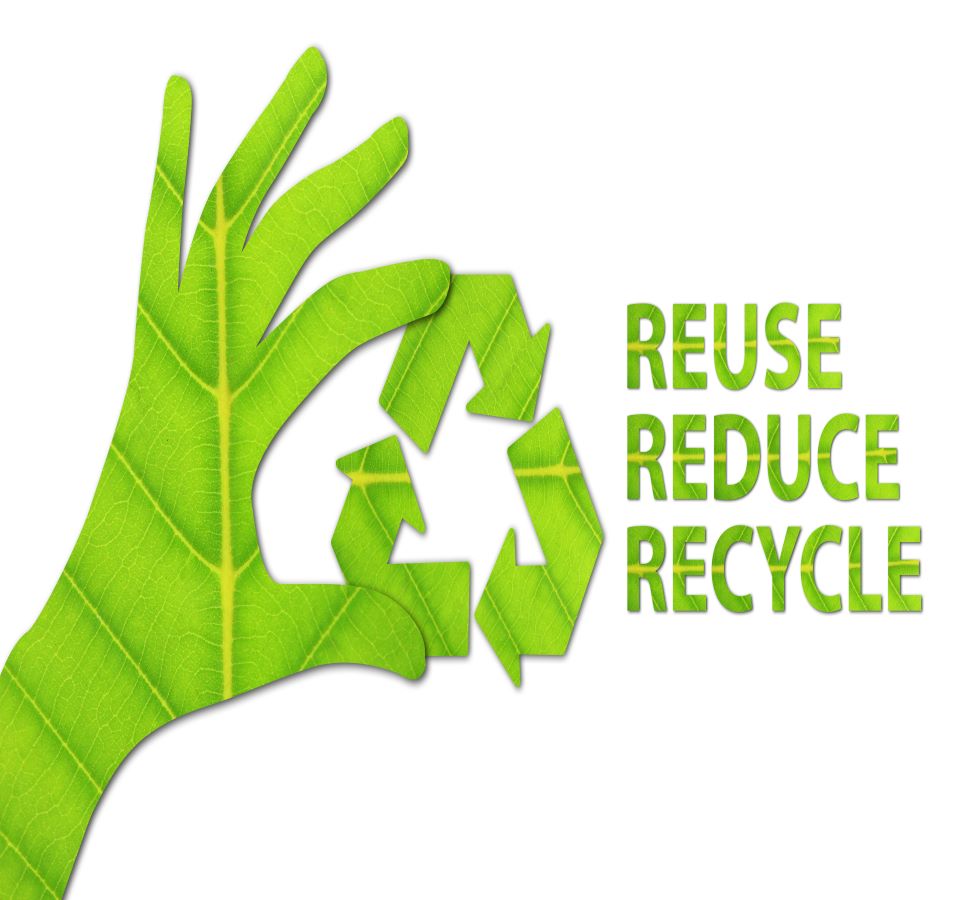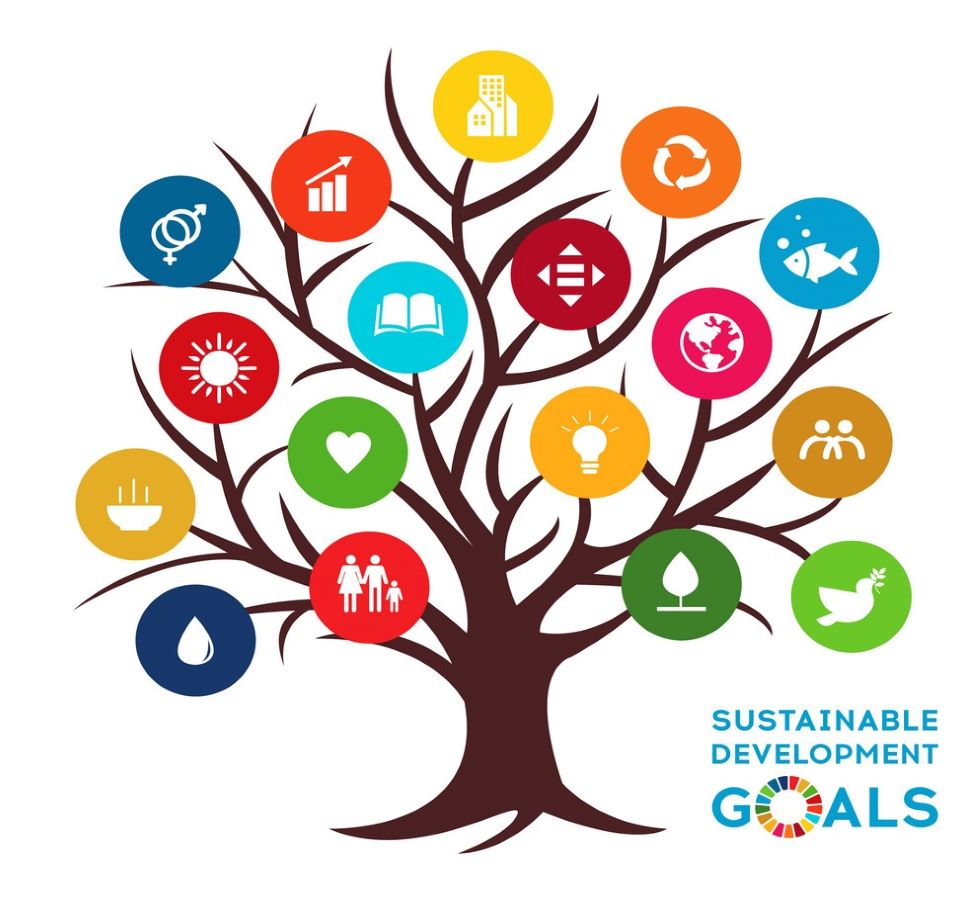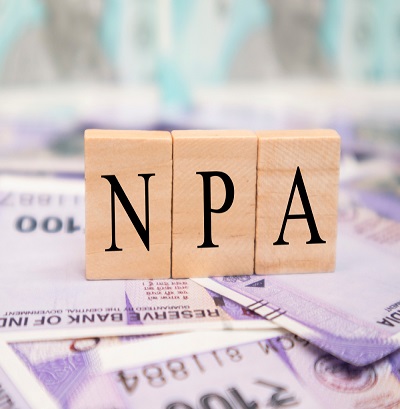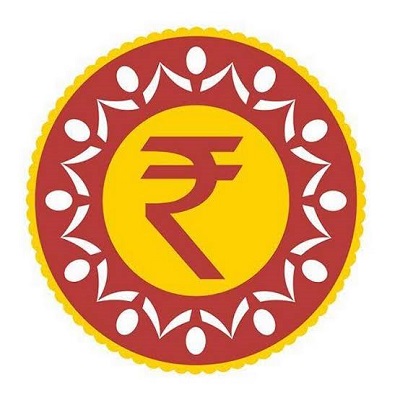An Analysis of Changing Rural-Urban Consumption Pattern in India
July 5, 2020Introduction to Economics
July 10, 2020
Researchers World - International Refereed Research Journal
ISSN 2231-4172 || www.iosrjournals.org || Volume VIII Issue - 3(6) || July 2017[44]
G
DP is one of the foremost benchmarks to measure the economic growth of the country. The major
constituents of the GDP growth are (a) Consumption, (b) Government Spending, (c) Investments and
(d) Net Exports. Out of all these factors responsible for GDP gr owth, consumption has been the
dominant part contributing to more than half of GDP growth. Knowledge of changes in consumption
pattern helps in both projecting demand and developmental policies.
The paper focuses on analysing the consumption pattern of f
ood and non food items across income
groups in both urban and rural areas by using data from National Sample Survey Organisation
(NSSO) 9th quinquennial survey, 2011 12. The proportion of income that households of varied
income classes spend on food and no n food products is analysed by using Monthly Per Capita
Consumption Expenditure (MPCE). Study also aims to examine the changes in consumption pattern
(especially cooking and lighting) on environment by analyzing the percentage of households with
primary so urce of energy used for cooking and lighting, covering the period 1993 94 to 2011 2012 in
both urban and rural areas.
It was observed that among food items that form the basic food basket in India the MPCE drops with
rise in income, among relatively more expensive food items witnessed that MPCE rises as income
rises and then falls in the higher deciles. The most expensive food category displayed that as income
rises the MPCE also rises. Similarly, among non food essentials showed a declining MPCE with
risi ng income classes and the semi luxury and luxury category showed increasing MPCE with rising
income. The study of the source of energy used for cooking and lighting reflected a shift towards
cleaner and convenient fuel like LPG and electricity from compara tively hazardous biomass fuels
like coal, dunk cake, firewood and chips.
C
onsumption refers to the final purchase of goods and services by individuals or households. A study of
consumption is important for two significant reasons. Firstly, consumption is a major constituent of aggregate
demand and accounts for 58% (Database on Indian Economy, RBI, 2014 15) of the aggregate demand and thus
it is important to understand what determines consumption. Secondly, income that is not consumed is saved and
savings have a huge bearing on the growth of an economy.
Keynes in his book “The
General Theory of Employment, Interest and Money,” 1936, postulated that aggregate
consumption is a function of aggregate current disposable income. Other prominent economist have also gone
on to study the consumption function and according to them consumption depends on wealth, demonstration
effect, ratchet effect, present value of lifetime income, etc.
Among all theories income is a significant determinant or an underlined factor affecting consumption. In this
paper we attempt to analyse the consumption pattern of food and non food items across income groups.
To Cite the article (APA Style):
Gupta, D. S., & Singh, K. (2017). A Study on Consumption Pattern in India and Its Impact on Environment. Researchers World - International Refereed Research Journal, 8(3(6)), 44-58.







